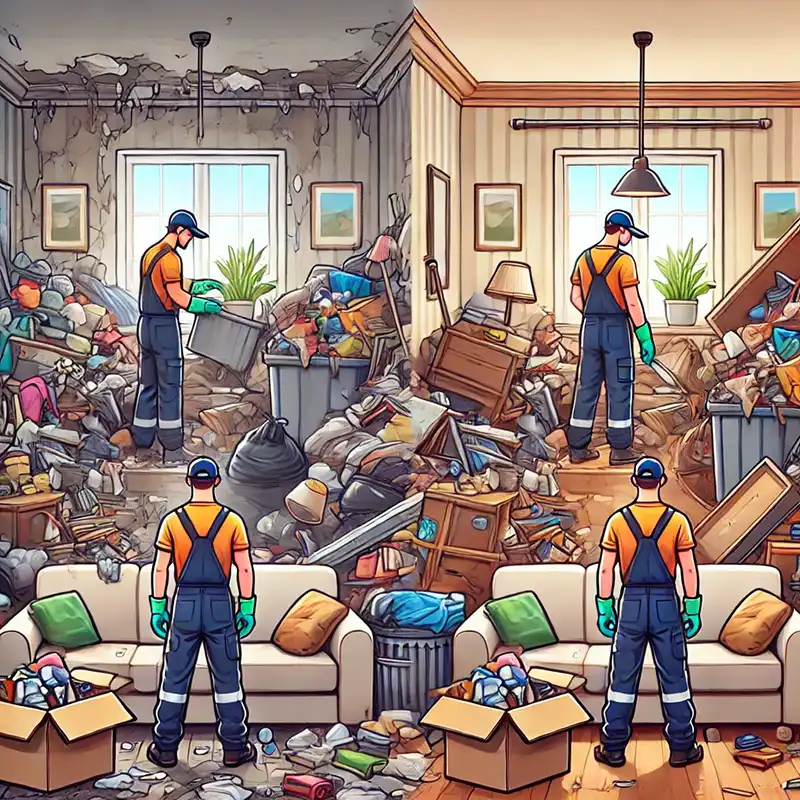Taming the Clutter Beast
페이지 정보

본문
Managing clutter with family members in the home can be a daunting task, but with a clear blueprint and consistent effort, it is realistic. The key to achieving clutter-free living lies in involving your young ones in the process and teaching them valuable skills that will last a lifetime. In this article, we will explore ways to manage clutter with small individuals in the home, and provide useful tips on how to make it a fun and educational experience.
First, it's important to establish a routine that works for your kin. Set aside a specific time each week, such as Sunday afternoons, to tackle clutter together. This will help create a sense of accountability among your little ones. Start by dividing tasks among family members, assign jobs such as cleaning to keep everyone motivated.

It's also essential to explain the significance of tidying up and how it impacts the family. Use rather simple and relatable to help your minors understand that clutter can cause issues like lost items, wasted time and stress. Make it clear that everyone's help is needed to maintain a clutter-free home.
One successful way to manage clutter with small individuals is to introduce a system of categorization. Assign distinct designations to different domains of the home, such as books. Use labels to mark each category making it easier for youngsters to find what they need and put things back where they reside.
Toys are a significant contributor to clutter in many residences, especially with young. Consider implementing a "one in, one out" policy, where for every new object that enters the family, an old one is let go. This will inspire your young to think critically about the items they want and ゴミ屋敷 片付け 久留米 appreciate the ones they already have. Consider giving away gently used items or organizing a yard sale to get rid of belongings that are no longer required.
Mentoring minors to put things back in their designated place is also crucial. Encourage them to develop a practice of cleaning up after themselves, whether it's {putting away{toys|books|dishes} or helping with {meals|dinner|chow}. Make it a {part of} their {daily|regular|routine} routine, such as putting away {toys} before {bedtime} or helping with {dishes} after {meals}.
Another {essential|vital|crucial} aspect of managing clutter with {minor|young|small} individuals is to {lead|set|model} by {example|hypocrisy|example}. Show them what it means to live {clutter-free|disorganized|untidy} and demonstrate how it can {positively|favorably} {impact|affect|touch} your {lives|experiences|existence}. Be {patient|persistent|consistent} and in your approach, as it may take {time|hours} for {kids|youngsters|minors} to {develop|mature} new {habits|routines|practices}.
In addition to establishing a routine and teaching your {young|little|minors} valuable {skills|strategies|techniques}, you can also make managing clutter a {fun|enjoyable|entertaining} experience. Turn {tidying|cleaning|organizing} into a {game|contest|challenge}, set a {timer} to see how {quickly} you can {clean|organize|tidy}, or create a {reward|incentive|system} for a {clutter-free|organized|free-from-clutter} {week|month|quarter}.
- 이전글Cost of a Building Over a Lifetime 25.05.23
- 다음글HHC Gummies 25.05.23
댓글목록
등록된 댓글이 없습니다.